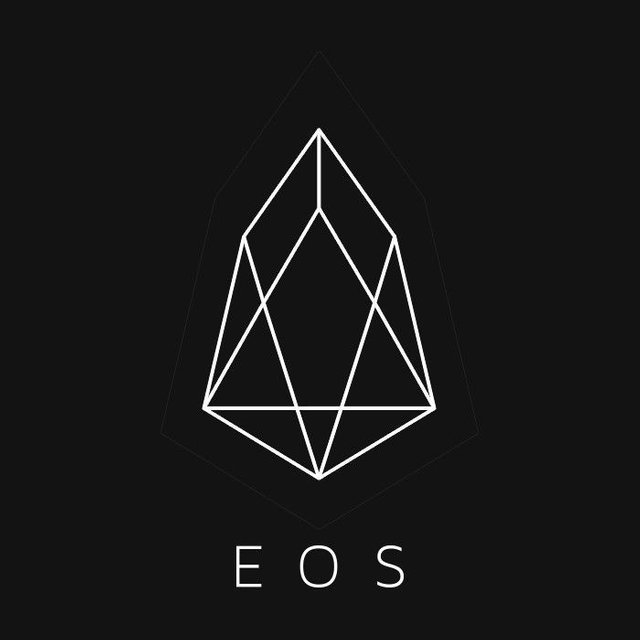 The amount of attention and investment the upcoming EOS project has already seen makes some individuals skeptical, but to me it validates the demand and faith that investors have in the upcoming smart contract platform.
The amount of attention and investment the upcoming EOS project has already seen makes some individuals skeptical, but to me it validates the demand and faith that investors have in the upcoming smart contract platform.
The EOS platform will be fundamentally different than any other smart contract platform that the cryptocurrency market has ever seen, and will be deployed with the goal of mainstream end user adoption in mind. One of the main arguments that I have heard individuals pose is the advantages that Ethereum has due to its existing market cap and price level, but these advantages don't come close to making up for the technical restrictions that the Ethereum network faces. The network is restricted due to the need for the utilization of 'gas', and has a maximum transaction cap of 30/transactions per second under the current infrastructure. Not only does the requirements to spend Ether in order to interact with the network reduce the transaction capacity drastically, but it also would require developers and end users to pay for all of the interactions that they took with applications on the network. While need for gas was needed utilizing the technology when Ethereum was convinced, the underlying network restrictions of the Ethereum network would not be capable of supporting or maintaining mainstream adoption of the platform. 
The EOS platform will utilize a DPOS Graphene blockchain similar to Steem, Bitshares, Peerplays, ect, but will be a platform intended to host applications rather than being an application specific blockchain like existing Graphene networks. The EOS platform has been shown to be able to handle 80,000 transactions per second on a local machine, and shows serious potential to actually have the ability to support applications that achieve mainstream adoption realistically without any network modifications. With the Ethereum platform could theoretically make changes to the underlying protocol of Ethereum to be able to support the changes that would be required in order to support higher transaction levels, the likelihood that the network would be able to reach the level of consensus that would be required would be extremely slim. The EOS platform is being built using the same underlying protocol that gives the power to the stakeholders of the platform, and will be have the ability to make changes efficiently and fluidly if problems should arise. The ability to implement and deploy changes to the EOS network will be able to be implemented once a specified level of consensus is reached among block producers, but the ability to elect and remove block producers will ultimately lie with the stakeholders of the platform.
The entitlement of resources based upon stake rather than having to 'pay' for all interactions will enable developers and end users to interact with applications on the network cheaper and more efficiently than ever before.
The same concept was applied to the Steemit blockchain where all user interactions are recorded as transactions, and forcing users to pay for posting/voting on the platform would be impractical for a social media platform. While EOS does still require users to have a delegate amount of stake in a staking account, the stake doesn't have to be spent or 'paid' in order to have access to network resources and interactions. This is a huge improvement over the utilization of 'gas' on the Ethereum network, because end users would be much less likely to use an application if they had to pay to interact with the application. Stake will have the ability to be delegated on the EOS platform similar to how it can be on the Steemit platform, and will enable stakeholders to delegate stake in applications and use cases that promote the long term success and adoption of the platform. Stakeholder's have incentive to do everything that they can to promote the adoption and success of the platform, and delegating stake to other users and application developers will give developers the ability to develop and release applications on a decentralized network for a lower cost than ever before.

An application developer or business who utilizes the EOS platform will not incur reoccurring network costs or fees from running their application, but will rather just need to make sure that they have sufficient funds in their staking account to entitle them to the amount of network resources their application requires. For instance a staking account that contains 1/500th of the total stake, will be entitled to 1/500th of the network storage and bandwidth until the point where they remove the funds from the staking account. This form of stake entitlement is a revolutionary concept, but I believe it is the way that the future of blockchain technologies will be headed. The aspect that stake in the platform entitles the holder to a proportionate amount of the total network resources, will enable EOS tokens to achieve an actual value as the platform gains adoption and use cases. The lack of fees for launching and interacting with applications residing on the EOS network will likely lead to more application development than ever before, because of the limited barriers to interacting with the network.
Tokens will be distributed to network producers once the platform goes live, but the platform will also reserve the ability to fund application development and businesses on the EOS network. Stakeholders will have the ability to give up to 5% stake among 3 different development teams or projects, but the stakeholders also reserve the right to determine which projects are funded, how much funding they receive, and the total inflation rate that will take effect from their funding. The stakeholders hold all of the power to determine the total inflation rate, and can easily change the inflation rate over time as they see fit. This funding gives incentive for businesses and developers to provide applications and services that the stakeholders deem worthy of funding, which will likely allow the EOS platform to receive more third party DApp development than any other smart contract platform before.
Unlike the Ethereum platform, the EOS network will enable a practical method for their network producers to quickly scale the network resources to the level demanded by the network.
Due to the fact that the EOS platform will enable parallel processing, which is the ability to spread out the same workload over numerous cores on several different machines, the EOS platform will make applications that require high throughput and low latency a realistic possibility. If an application on the Ethereum network was to receive mainstream adoption, it would be highly unlikely that the network would be able to support the number of transactions that the application would require. Networks that utilize the underlying Graphene technology have the highest daily transaction level out of all cryptocurrencies, and also have the ability to handle a significantly larger amount of transactions compared to what they are currently experiencing. The EOS platform will not only make application development more cost effective for developers than ever before, but it will also enable businesses and developers to have faith that the platform could efficiently handle the activity that would required if their application received adoption.

In order for a business or developer to be able to justify the required time and resources into developing an application on the platform, they must have faith that the platform would actually be able to handle the level of activity that they hope their application receives. The level of investment that the EOS distribution has already raised has made some people skeptical, but in reality it just proves that businesses and high value investors have a lot of faith in the potential of the EOS platform. When we consider the amount of success and reliability that application specific implementations of Graphene technology blockchains have shown, the potential for a smart contract platform utilizing a Graphene blockchain to be able to achieve and promote mainstream adoption is clear. Ethereum has a market capitalization of over 18 billion USD, and Ethereum has yet to produce or present any applications that have received any degree of mainstream adoption. It's completely logical to assume that a smart contract platform that receives mainstream adoption to be able to achieve a market capitalization in the hundreds of billions, because it could present end users and businesses with a wider range of potential use cases than any blockchain network in the past.
I really hope that you enjoyed this post, and I urge you to leave any questions, input, ect. in the comments below. I intend to post a variety of additional EOS content in the near future, so stay tuned! Thanks for reading!
Hi! I am a robot. I just upvoted you! I found similar content that readers might be interested in:
https://steemit.com/eos/@cryptofreedom/individuals-that-are-skeptical-of-the-upcoming-eos-project-simply-don-t-understand-the-fundamental-differences-and-advantages
Downvoting a post can decrease pending rewards and make it less visible. Common reasons:
Submit